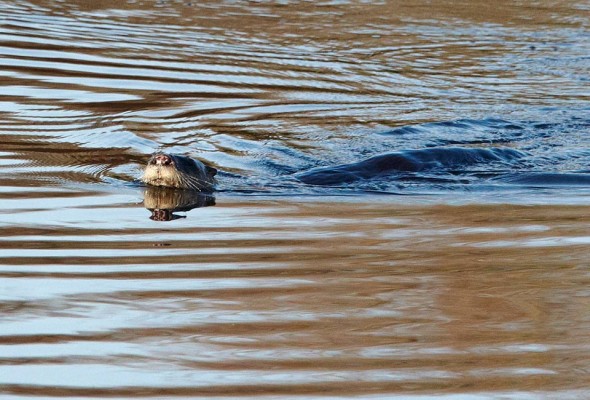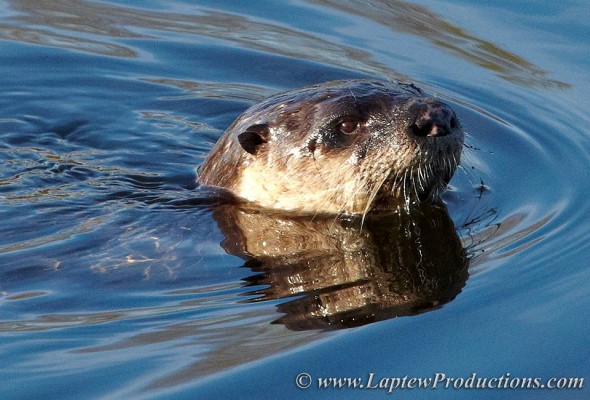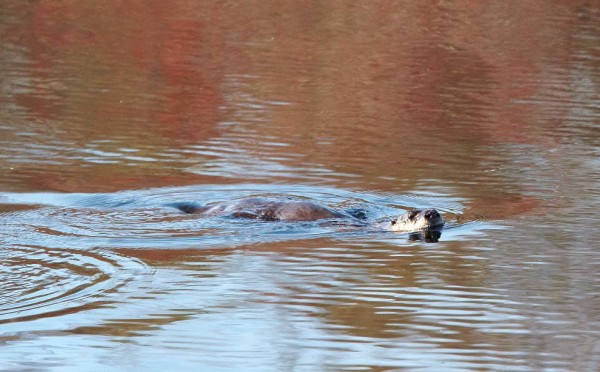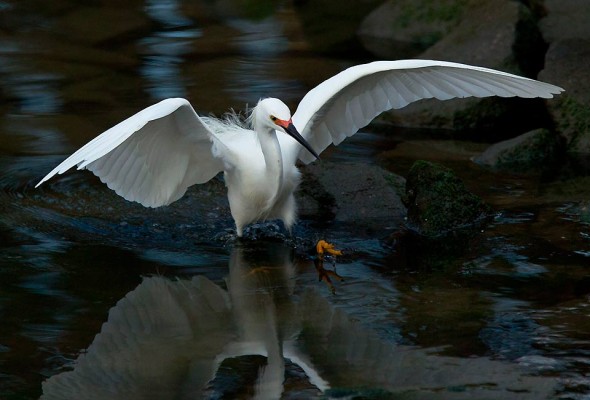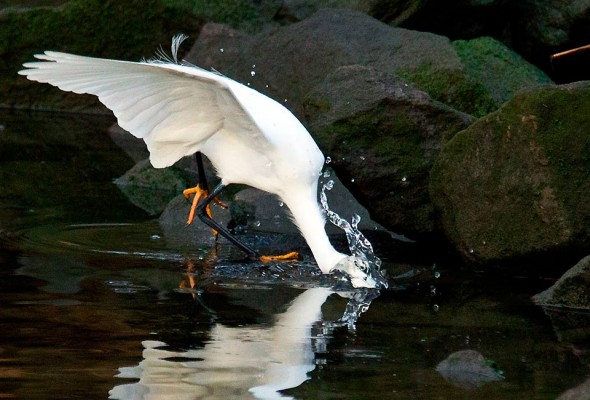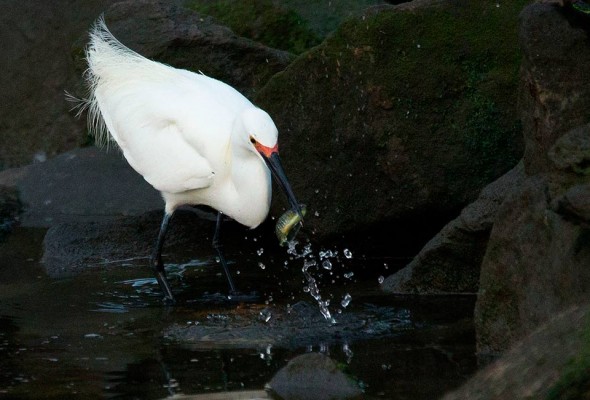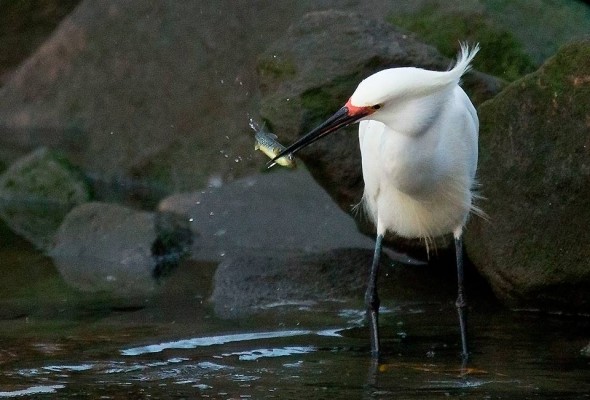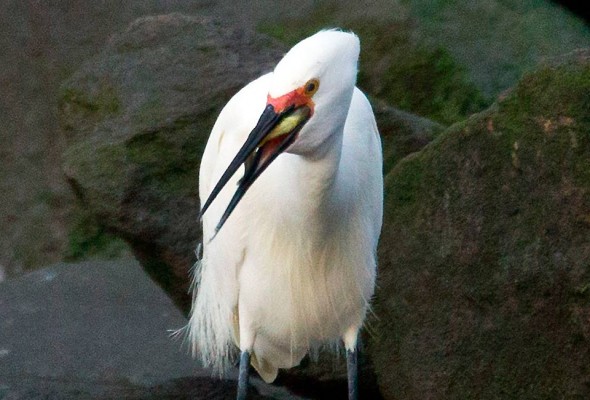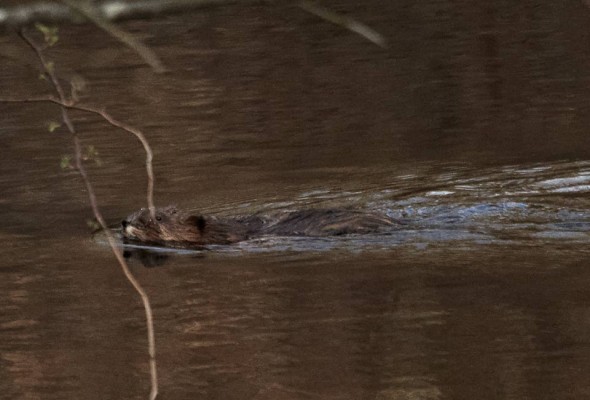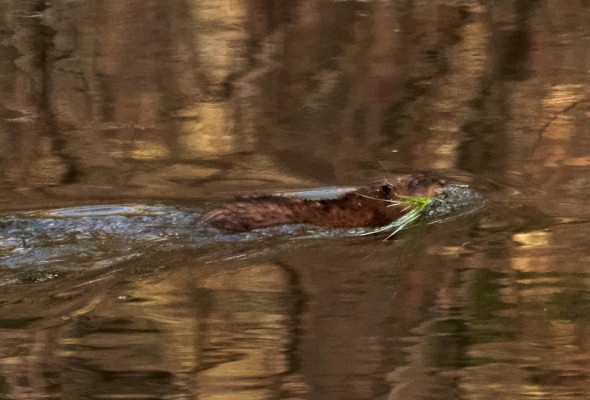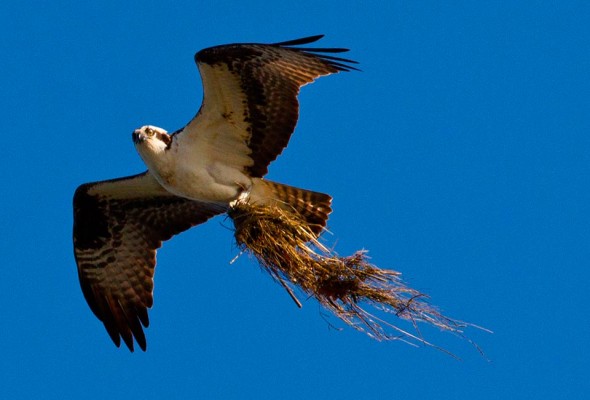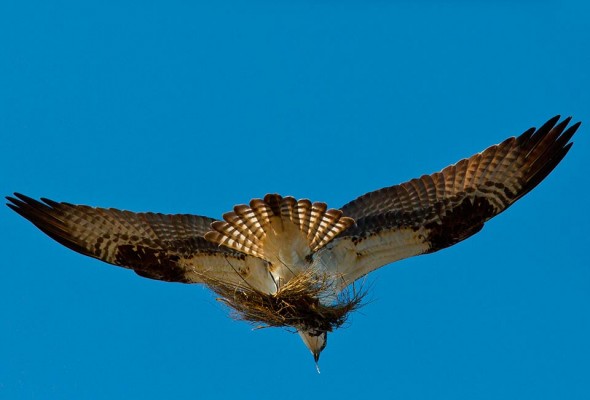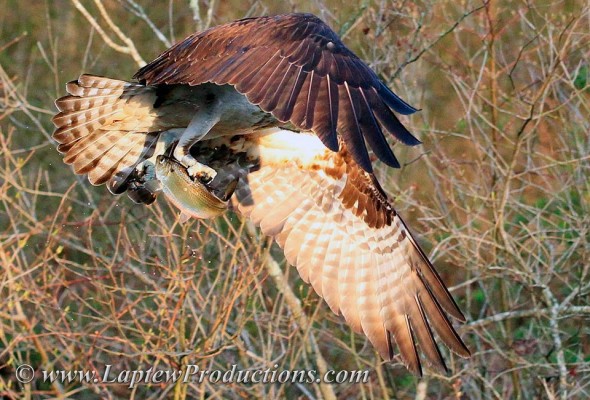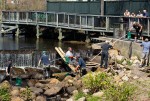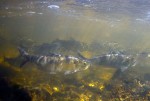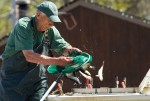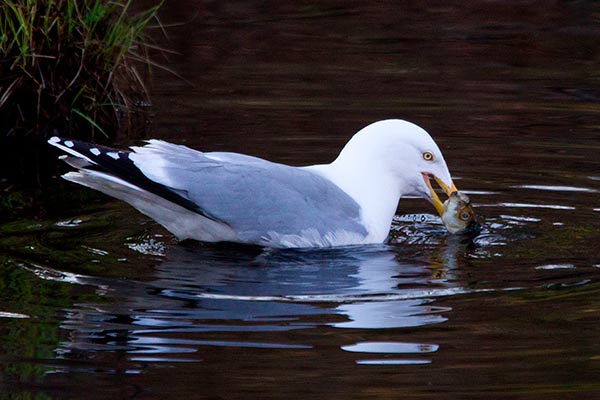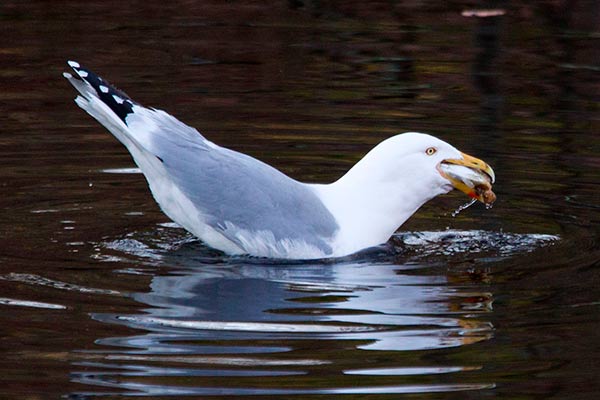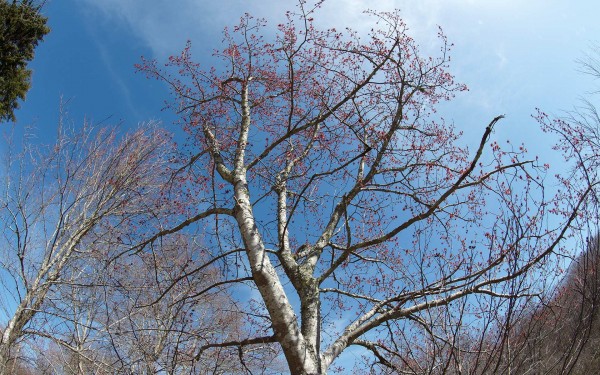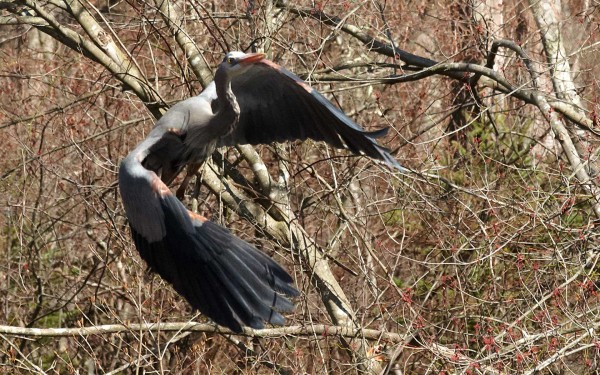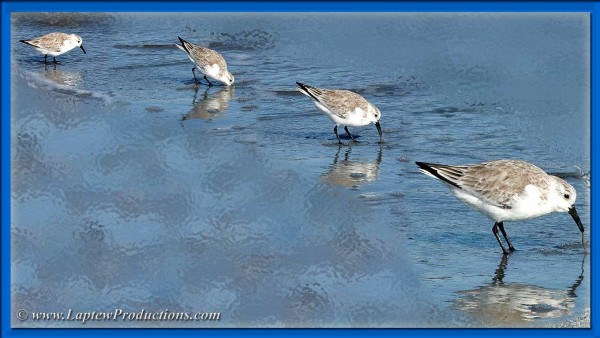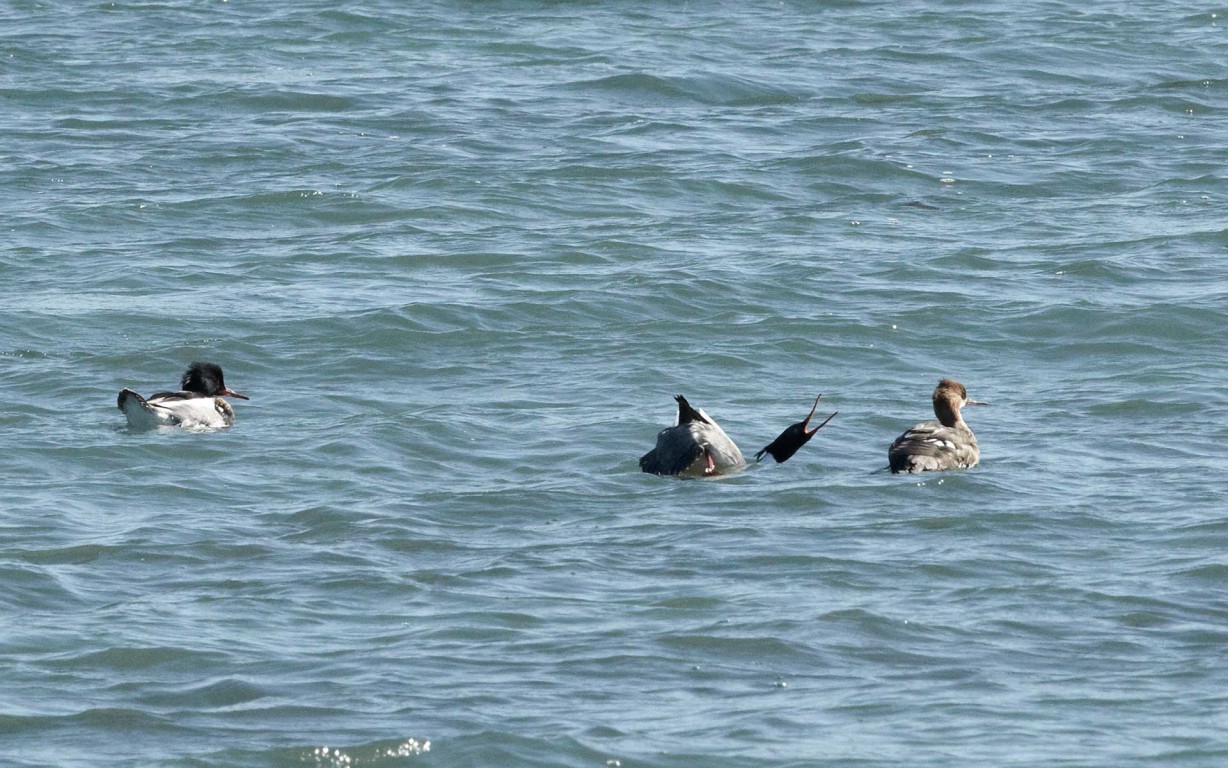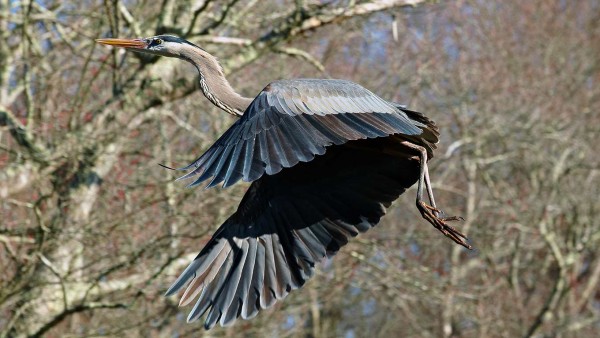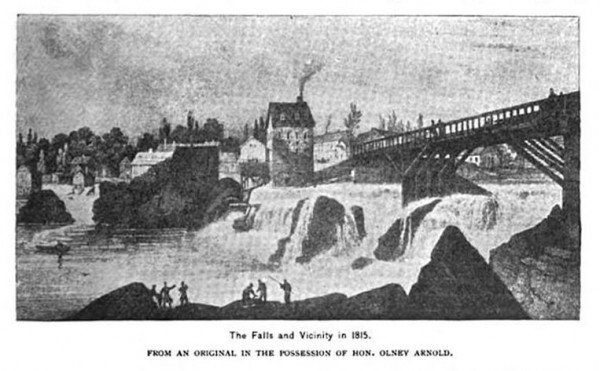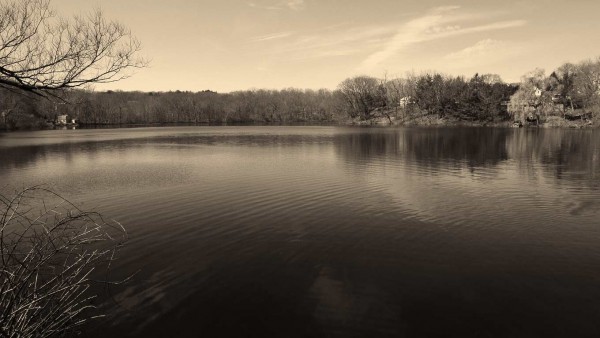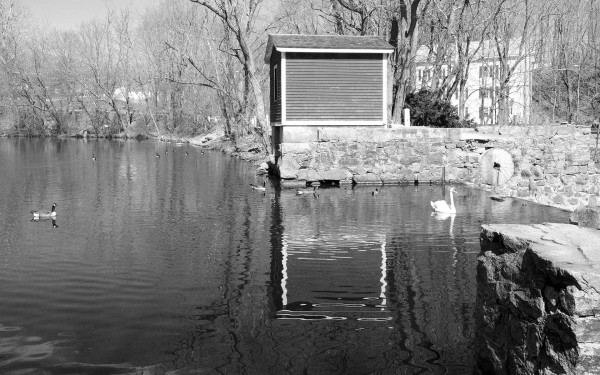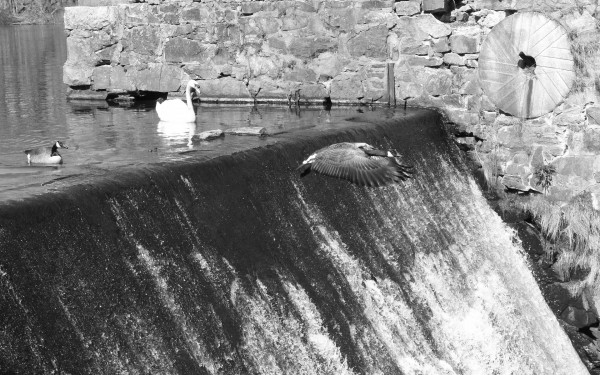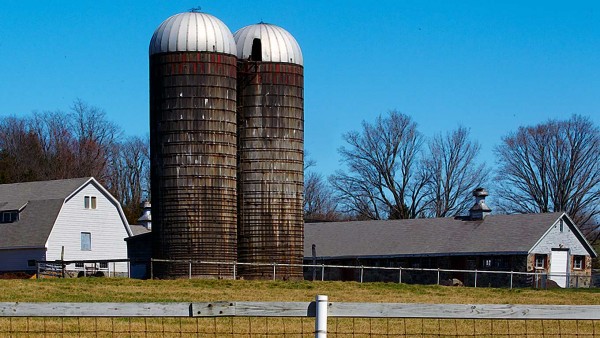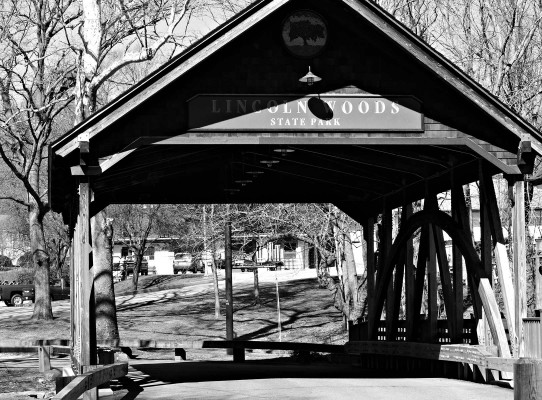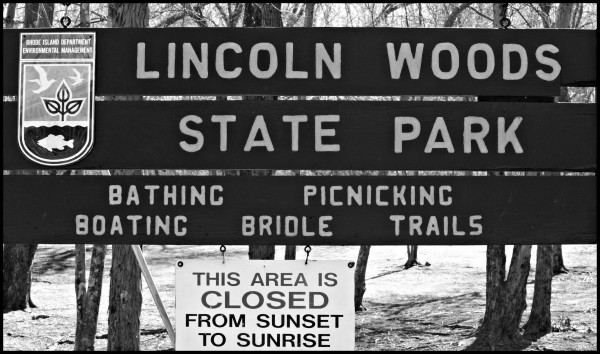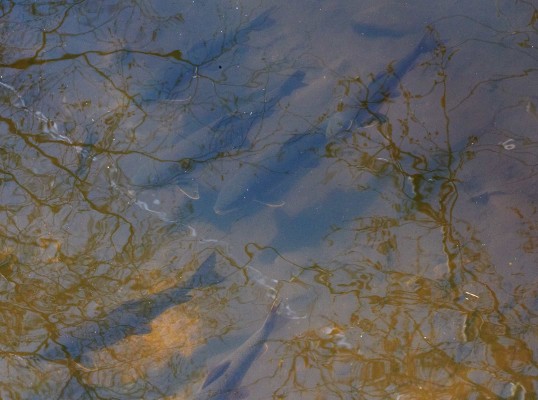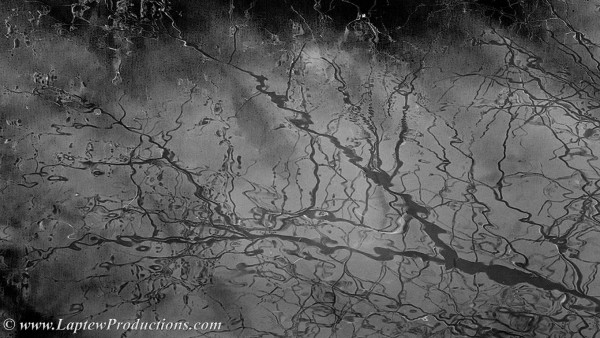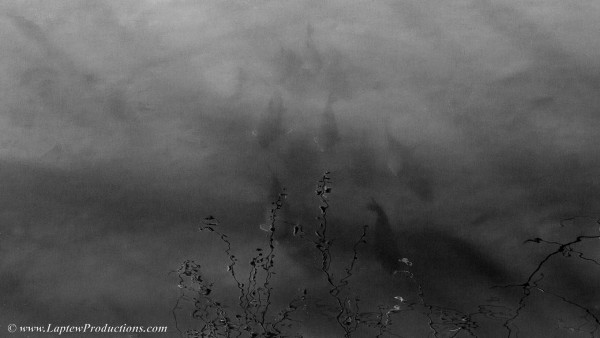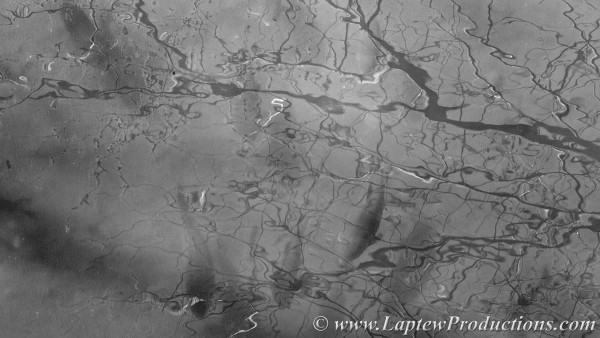Category : Birds
Laptew Chronicles
Rhode Island’s Web of Life
Part 1
River Otter
River otters can live 10 to 20 years. These three and half to four foot long mammals depend on clean water and a healthy supply of fish, frogs, snakes, mice, birds, crayfish and mussels.
River otters digest and metabolize food so quickly that food passes through their intestines within an hour.
Click to enlarge any of these images
Snowy Egret
The snowy egret stalks the marshes, coves and rivers for small bait fish such as mummichog, spearing, sand eel or sand lance
Muskrat
These semi-aquatic rodents feed primarily on aquatic plants and they can be found in slow-moving-streams, coastal and freshwater marshes, lakes, ponds and swamps.
They are prodigious and can produce up to 3 litters per year, each with 6 to 7 young. Breeding takes place from late March through July.
Osprey – The Fish Hawk
When the ospreys return to Rhode Island they start tidying up their nests with sticks and grass. Osprey mate for life and return to the same nest year after year.
River Herring
Alewives and blueback herring have an enormous impact on the environment and they are a vital component to the food chain.
A group of volunteers help the Rhode Island Dept. of Fish of Wildlife scoop out and transport herring to an aerated truck. These herring will be transferred to the Pawcatuck watershed where they will fortify 1300 acres and 8 stream miles.
Check back for Rhode Island’s Web of Life – Part 2
Not all herring gulls are at the landfill
It’s nice to see a herring gull actually eating a river herring and not a french fry.
With an expandable throat, these most common of all the “seagulls” in our area, are quite capable of wolfing down an entire river herring.
Learning the routine of fish and fowl is the first step to getting interesting imagery
The woods are still pretty barren, but most trees are about to bud and it won’t be long before their full size leaves once again shield the animals of the forest from casual view.
It’s taken a little while, but I’ve got the timing pretty well pegged for finding Mr. Blue either feeding or rousting for the evening. It’s great that indeed these are “creatures of habit.”
Tide Line Buffet
This collage of shots shows what happens in less than half a second
Sandpipers stalk the surf line and when the waves recede they look for meals in the mud and sand.
Yesterday, I also found a number of ducks at the southeast corner of Mackerel Cove, Jamestown, Rhode Island…including this rather vocal specimen.
Springtime on the Narrow River Pussy Willows These are among the first trees and shrubs to bloom, however, this year they are opening up just as fast as the skunk cabbage. Color Returns to the Forest I love watching the countryside come to life with splashes of color everywhere. It won’t be long before the [...]
Hunting for Herring
Yesterday afternoon I went looking for river herring…I wasn’t the only one.
A great blue heron swooped in and kept an eye open for returing alewives. We were both out of luck.
Last night was a return to winter-like conditions with freezing temperatures that shut down the run of herring. It seems both me and the heron were out of luck.
The Last Few Days Have Been Ducky
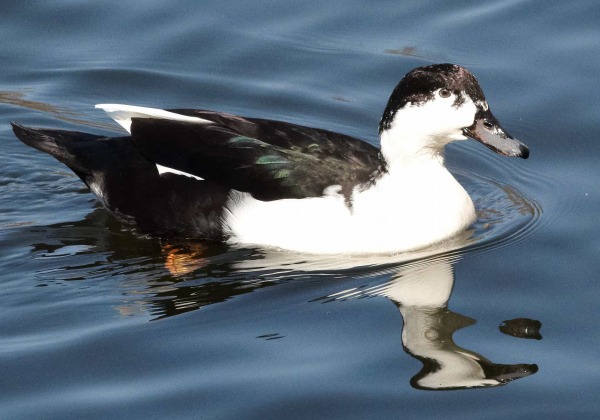
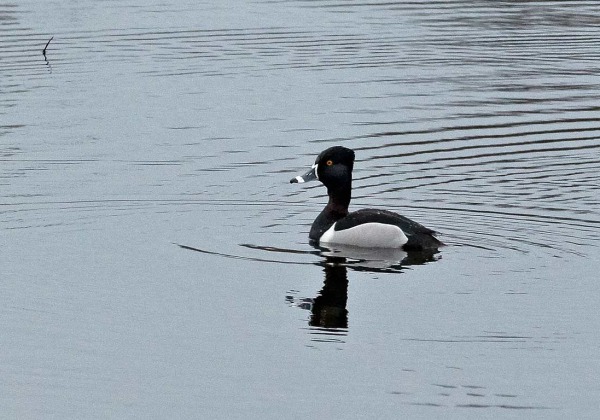
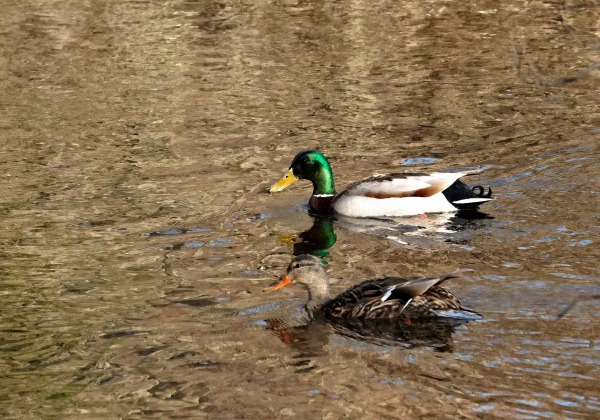
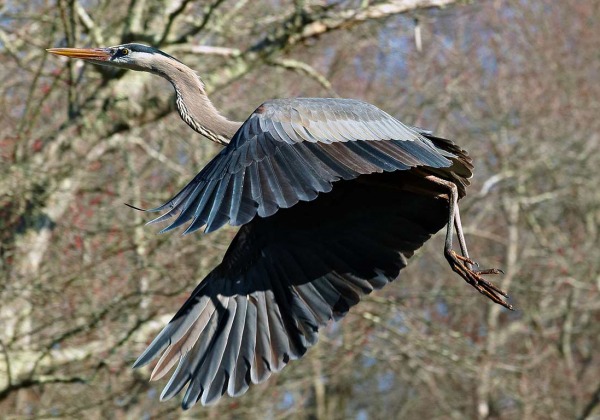
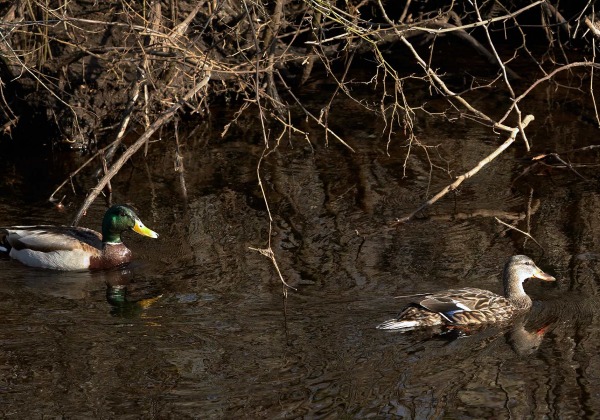
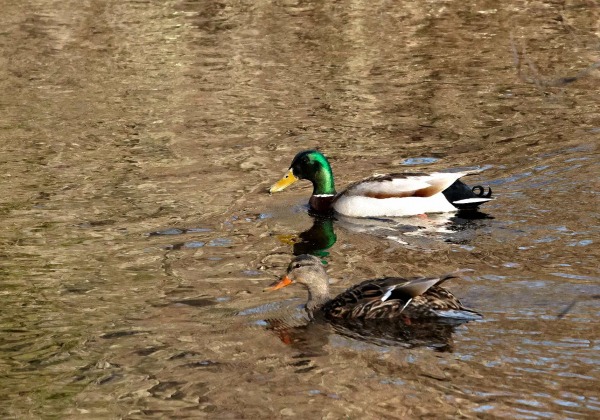
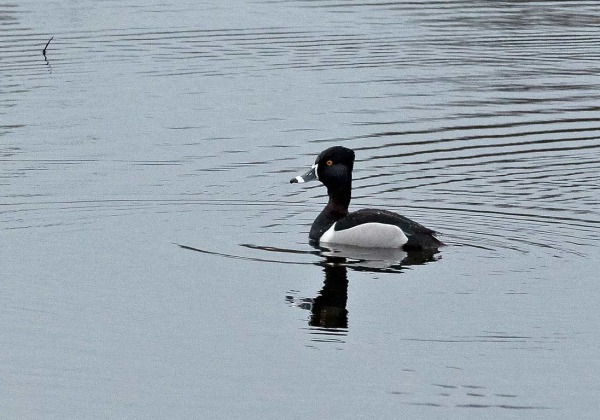

This is a great time of year for watching birds, especially ducks. The display of colors is breathtaking and seeing the same ducks return to the same ponds, puddles, creeks, and rivers is a welcomed sight. The quacking in the marsh behind my house is another matter.
For a 12 year old kid, the annual sucker run was a springtime ritual
April 1962
It was a different world back then. Although I was born in Pawtucket, the city credited with starting the American Industrial Revolution, I never thought of myself as a city-kid, I thought you had to live in Brooklyn or the Bronx to live in a real asphalt jungle. After all, I only had to walk three or four miles and I had ponds, rivers, creeks and lakes to explore.
Each spring (usually during school break in April) I would mount an expedition to the northern reaches of the Moshassuck River to see if the suckers had returned to spawn. The Narragansett Indians named the river “Moshassuck” meaning “river where moose watered.” I can assure you I never saw any moose on my treks north, but on more than one occasion I saw some moose-sized rats.
The Moshassuck river once held salmon, but that was before the dams were built to power the early textile factories and base-metal works in the seventeenth and eighteenth centuries. It was so polluted back then it was blamed for Rhode Island’s cholera outbreaks of 1849 and 1854. The river was much cleaner in 1962, in fact on most days the river ran blue…indigo blue, or navy blue, even lipstick red, depending on what dyes the finishing plant was dumping into the river.
The four mile journey to the fishing grounds would take me over the railroad tracks, by the slaughterhouse and the incinerator, past the dump, alongside Lorraine Mills and finally to the poison ivy & sumac covered shores of Barny Pond in Saylesville…can you hear John Denver singing “Thank God I’m a Country Boy” in the background? Barny’s always deserved at least a few casts; what it lacked in big largemouth bass at the time, it made up for with huge crappie and sunfish. From Barny it was up the road to Lincoln Woods and then to Butterfly Pond — all that effort just for the chance to see, never mind catch one of those elusive white suckers.
March 2012
Back to Barny Pond
After leaving Dick’s Sports and Hobby Shop, Captain Jim White and I retraced the route we would take as kids, fifty years ago. Despite the fact that the two of us use to fish the same small ponds, streams and rivers, we never ran into one another on any of our angling sorties. This trip would hopefully result in our finding at least one or two suckers preparing to spawn.
We stopped by Barny Pond for a few casts with the fly rod. When my back cast wrapped the leader around a power lines across the street, I soon remembered why I had become so proficient at roll casting at an early age.
Off to Butterfly
Ten minutes later we were on our way to Butterfly Pond, on the way there Jim pointed out the hills where he use to hunt rabbits and quail. Jim went on to explain, “In those days you wouldn’t get a second look as you rode your bike down the road with a shotgun strapped to the side.” I commented, “Your right! In fact if some old Yankee saw you ride by, he would probably think, “Now there goes a good boy.” Nowadays you would have a SWAT team waiting for you in the corn field.
When we arrived at Butterfly Pond we immediately saw trout rolling on the surface as the 75 degree temperatures set off a hatch. We surveyed the water, but didn’t see a single sucker. Perhaps it was too early? Perhaps there were no more suckers? Was the run a thing of the past, like hunting in the nearby hills?
Last Chance at Lincoln Woods
We headed back down stream to Lincoln Woods where a covered bridge greeted us at the entrance to the park. Five decades ago suckers stacked up near the bridge, but would they be here today?
We pulled the van over to the side of the road and eagerly looked into the tannin stained water for signs of life. At first all we saw were a few small sunfish and a couple of small bass, then over a patch of gravel we saw the unmistakable torpedo shape of a white sucker feeding on the bottom. I can’t describe the joy that seeing that one fish brought to me. It wasn’t the first cliff swallow to return to San Juan Capistrano. It was nowhere near as amazing as the multi-generational migration of the Monarch butterflies that covers up to 2,800 miles, but to me it represented all the wonderful things it represented 50 years ago. It’s about renewal. It’s about being in tune with the cycles of nature. It’s about wilderness and where you can find it. It’s about survival. And finally, it’s about tradition and the fun of sharing the experience with someone.
Despite the many changes in the world today, it’s nice to see some things continue on…especially spawning rituals that were established when the glaciers first melted. Let’s hope there IS one born every minute — in the waterways that benefit from their presence.
Slide show from 3/16/2012:


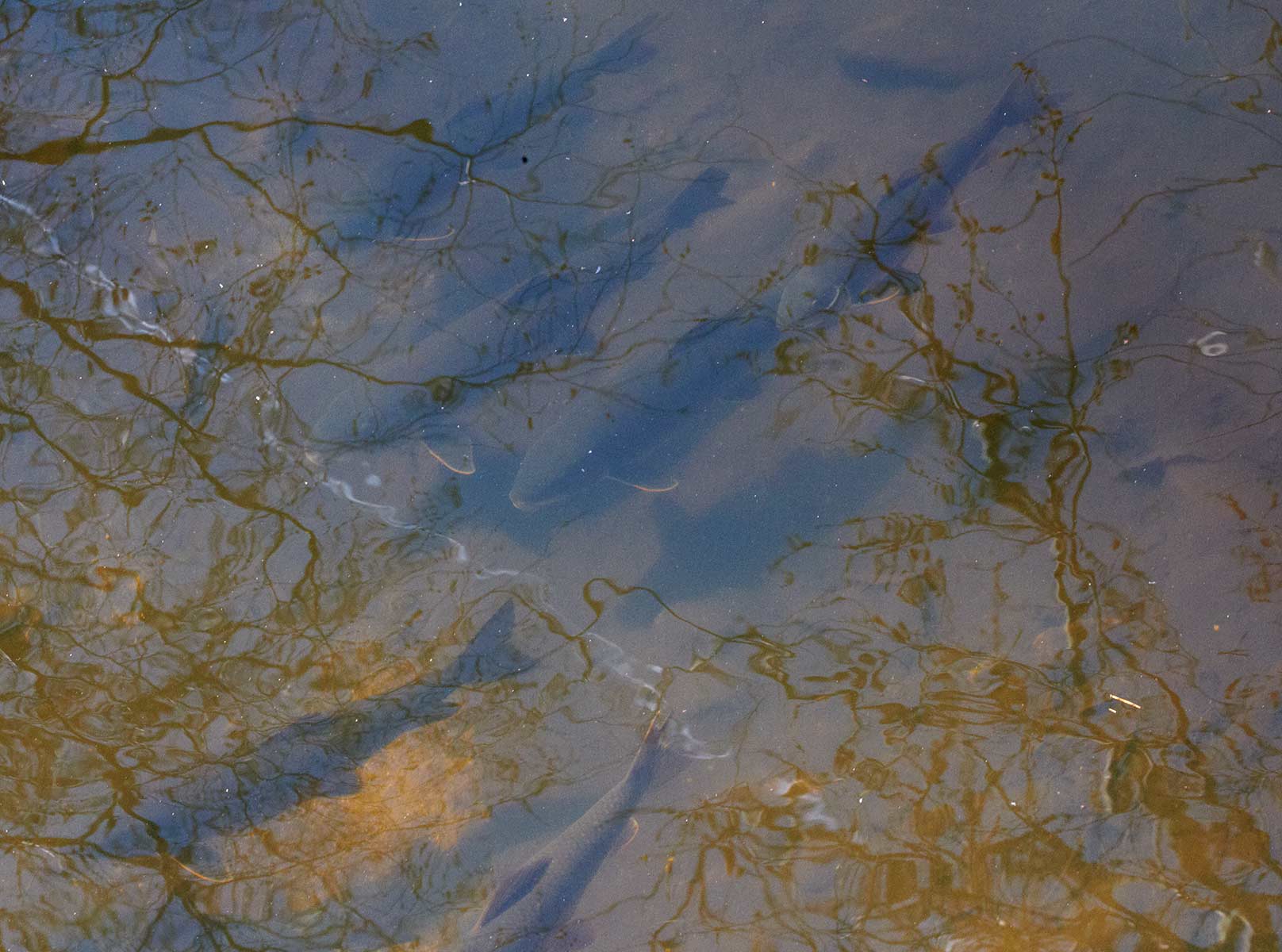
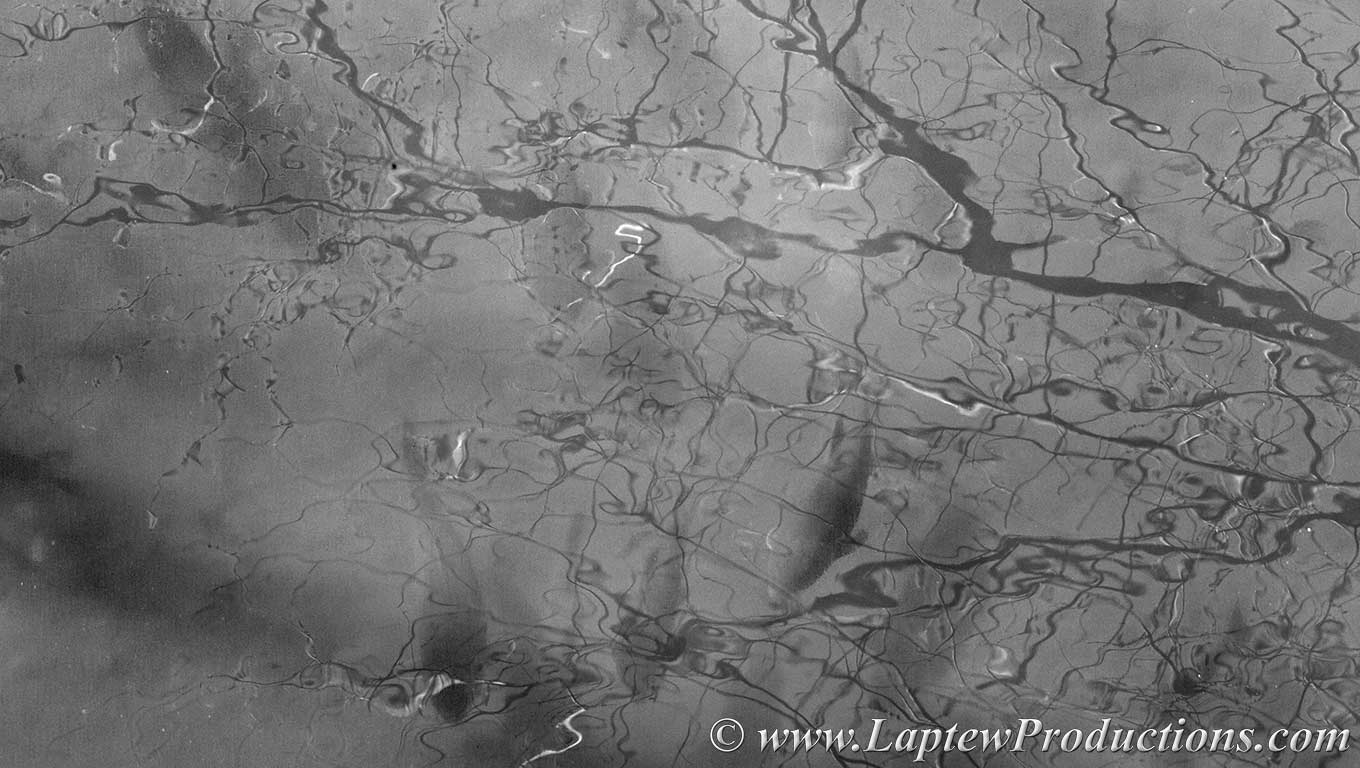
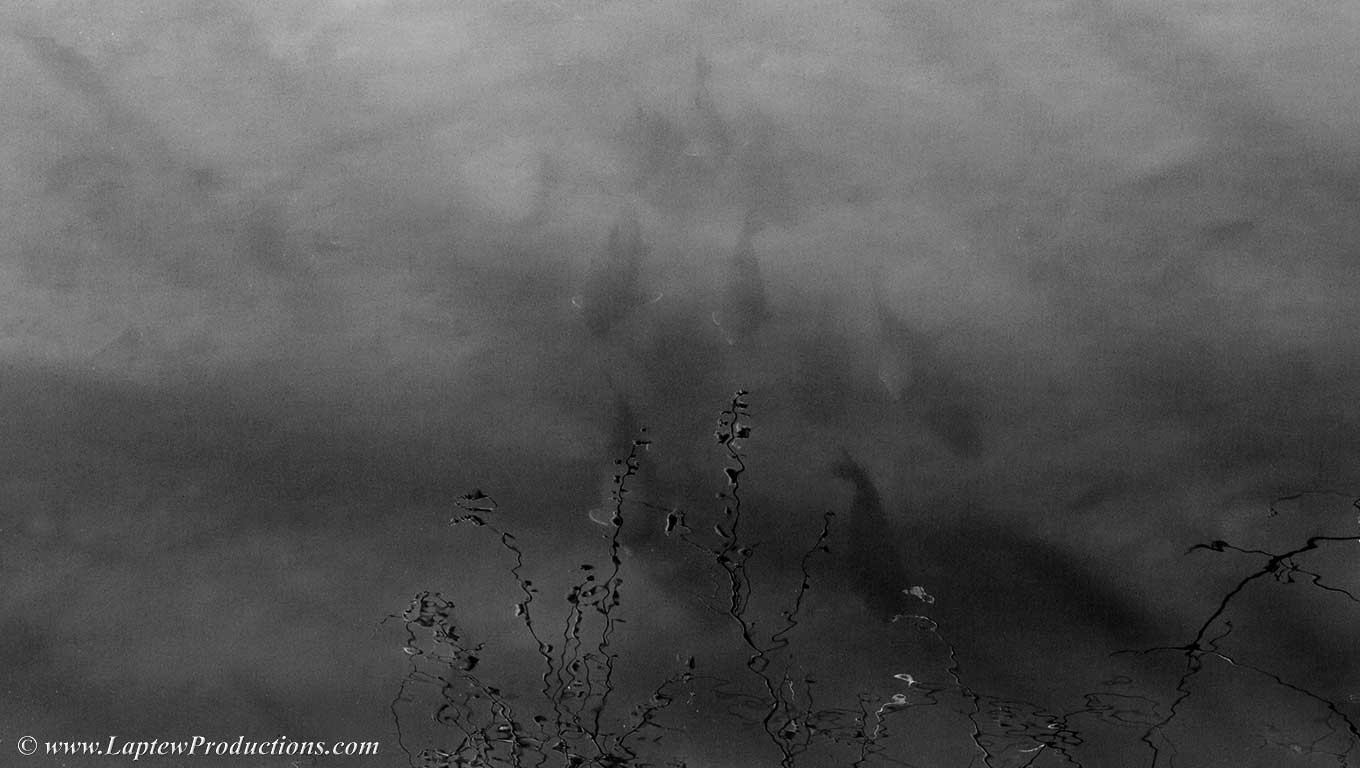
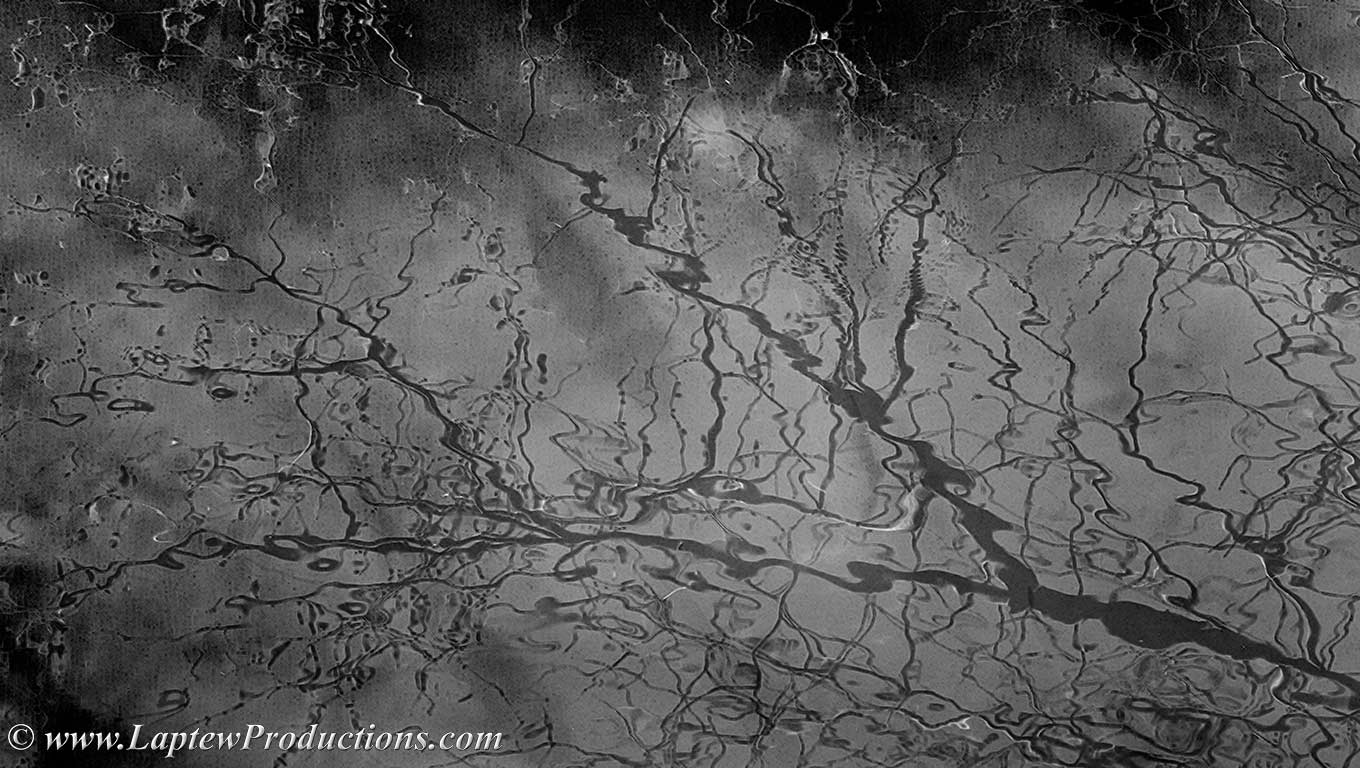
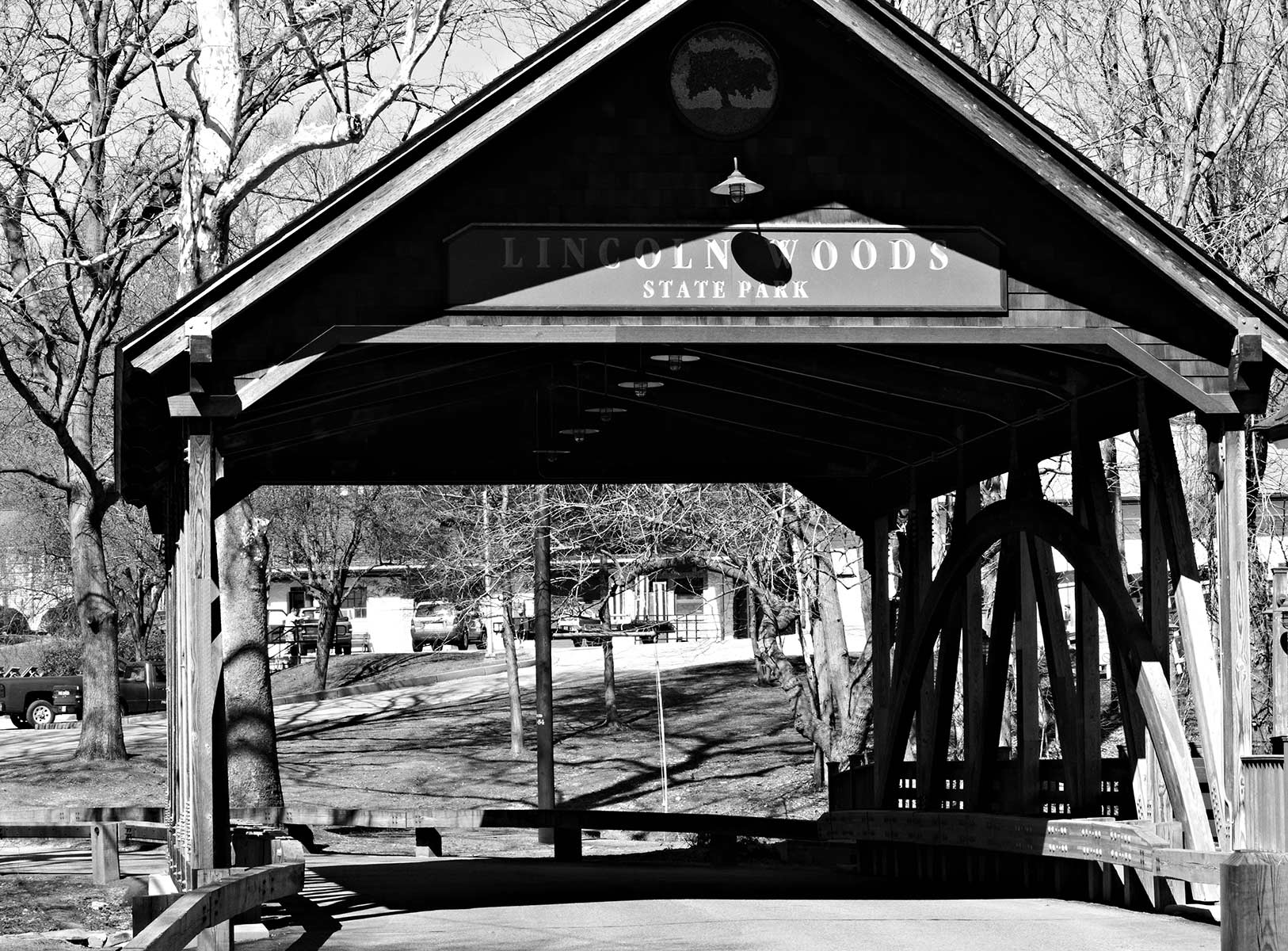
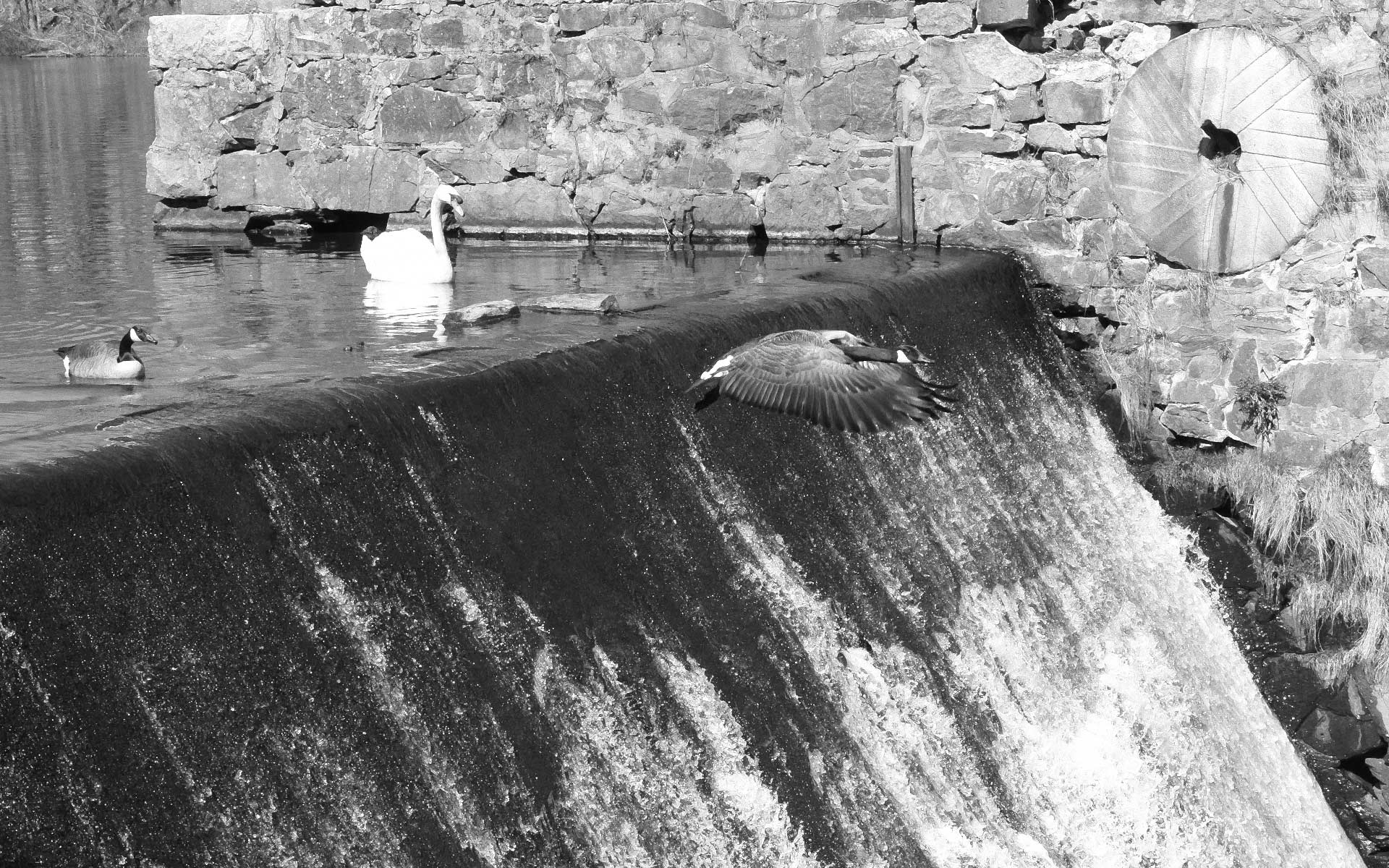
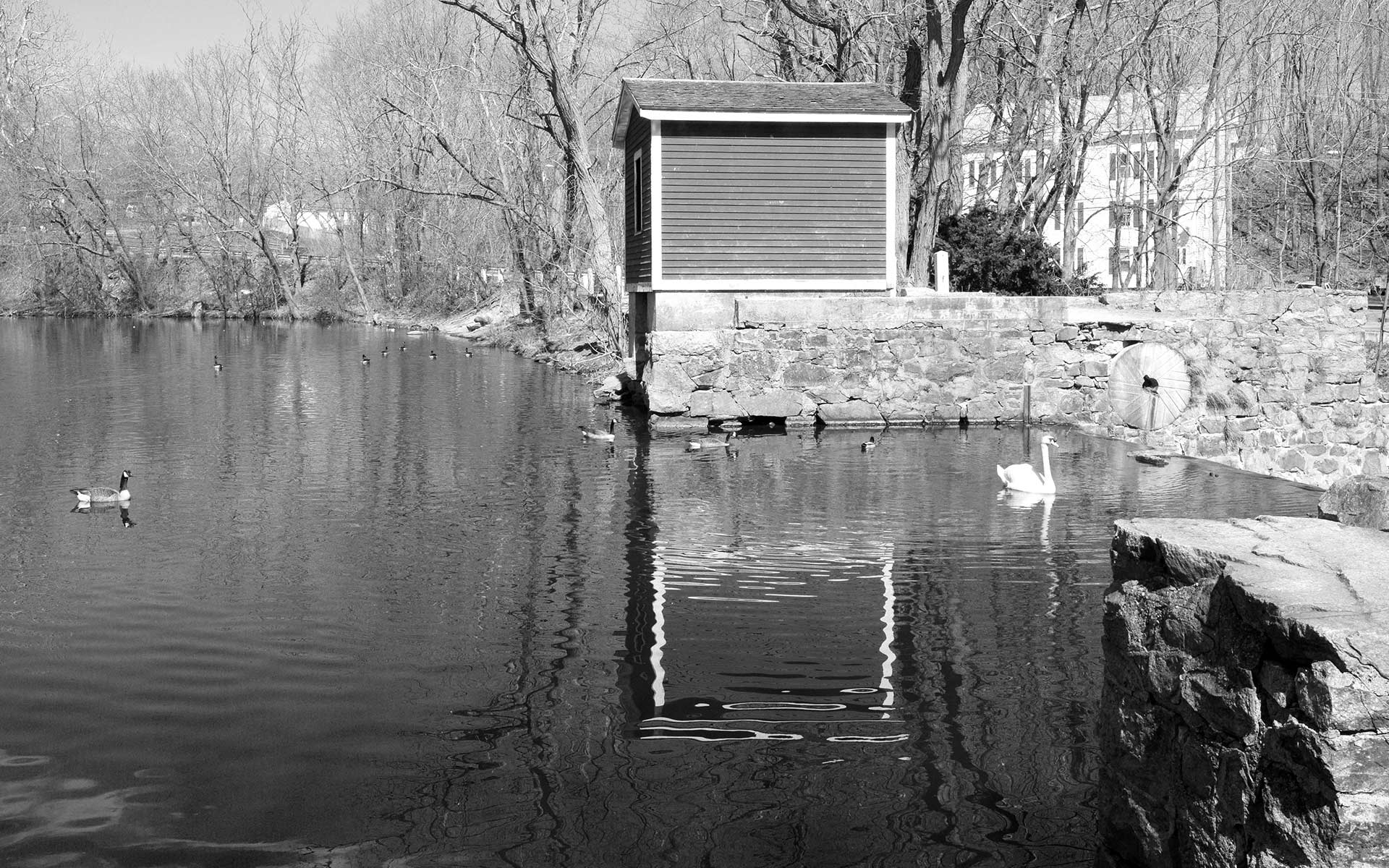
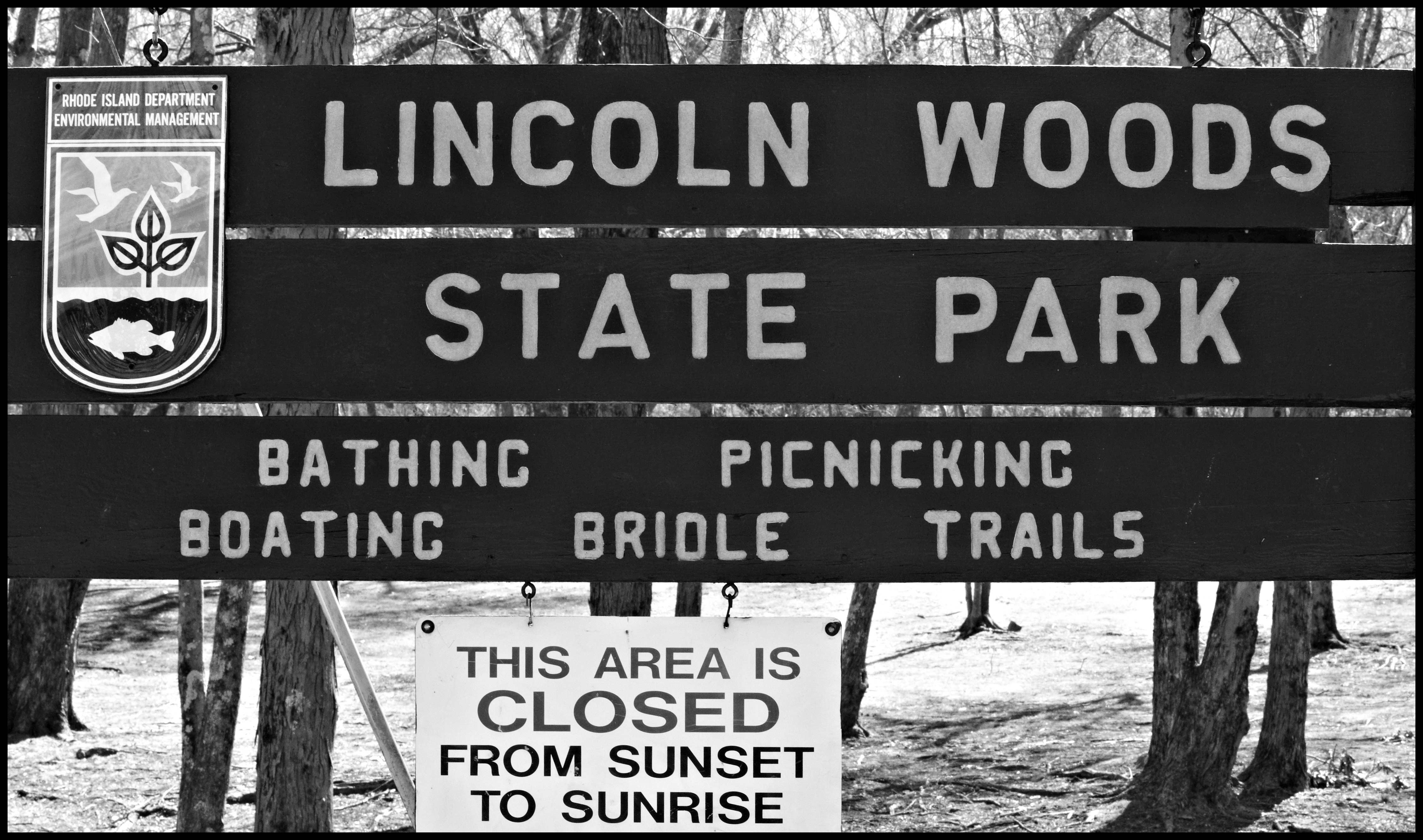
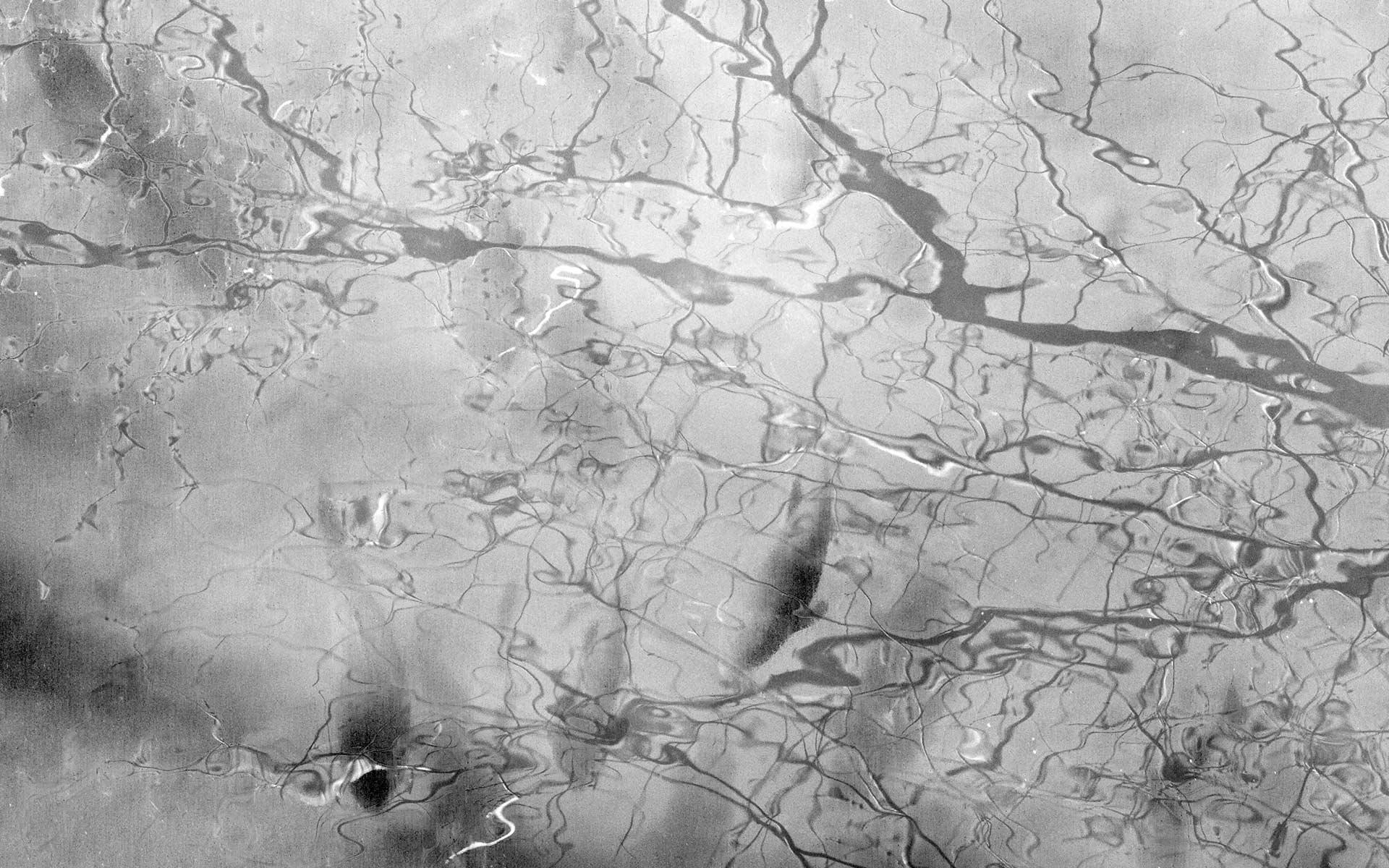
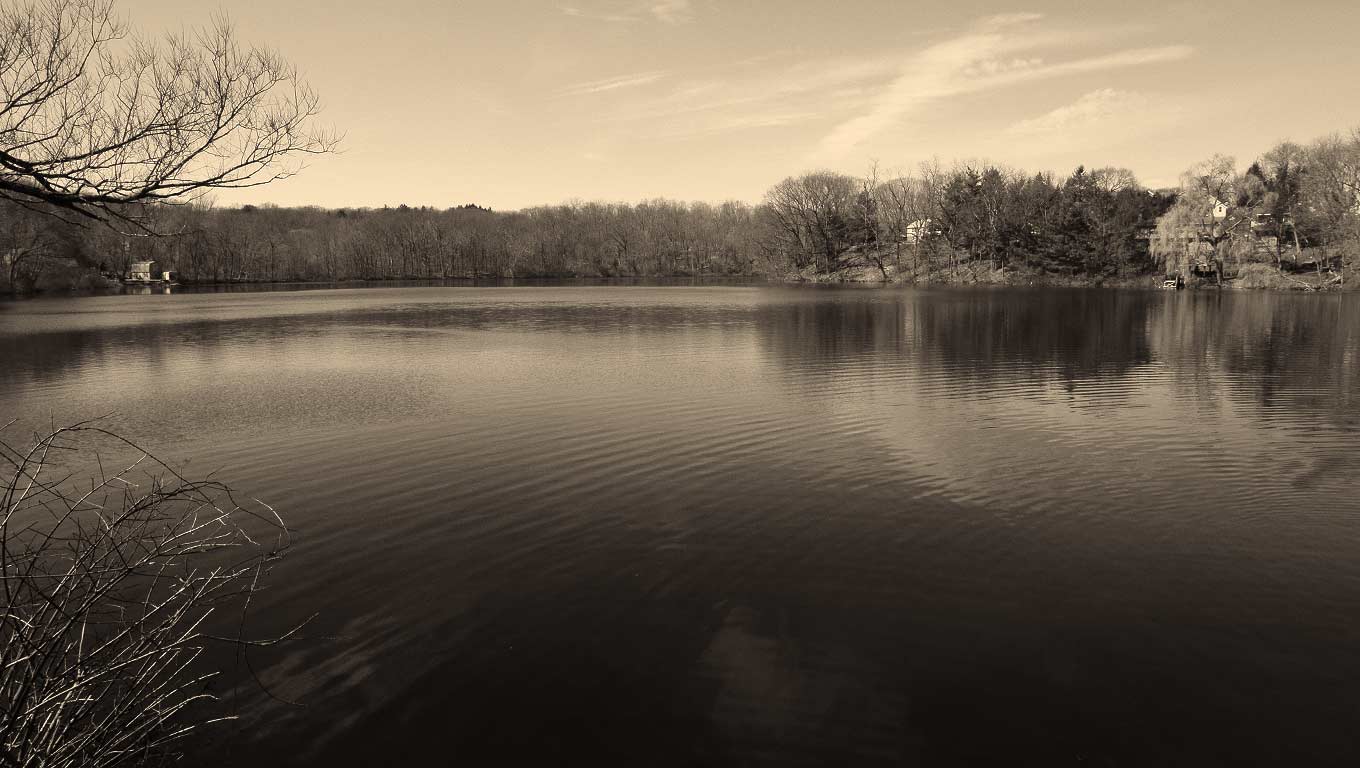
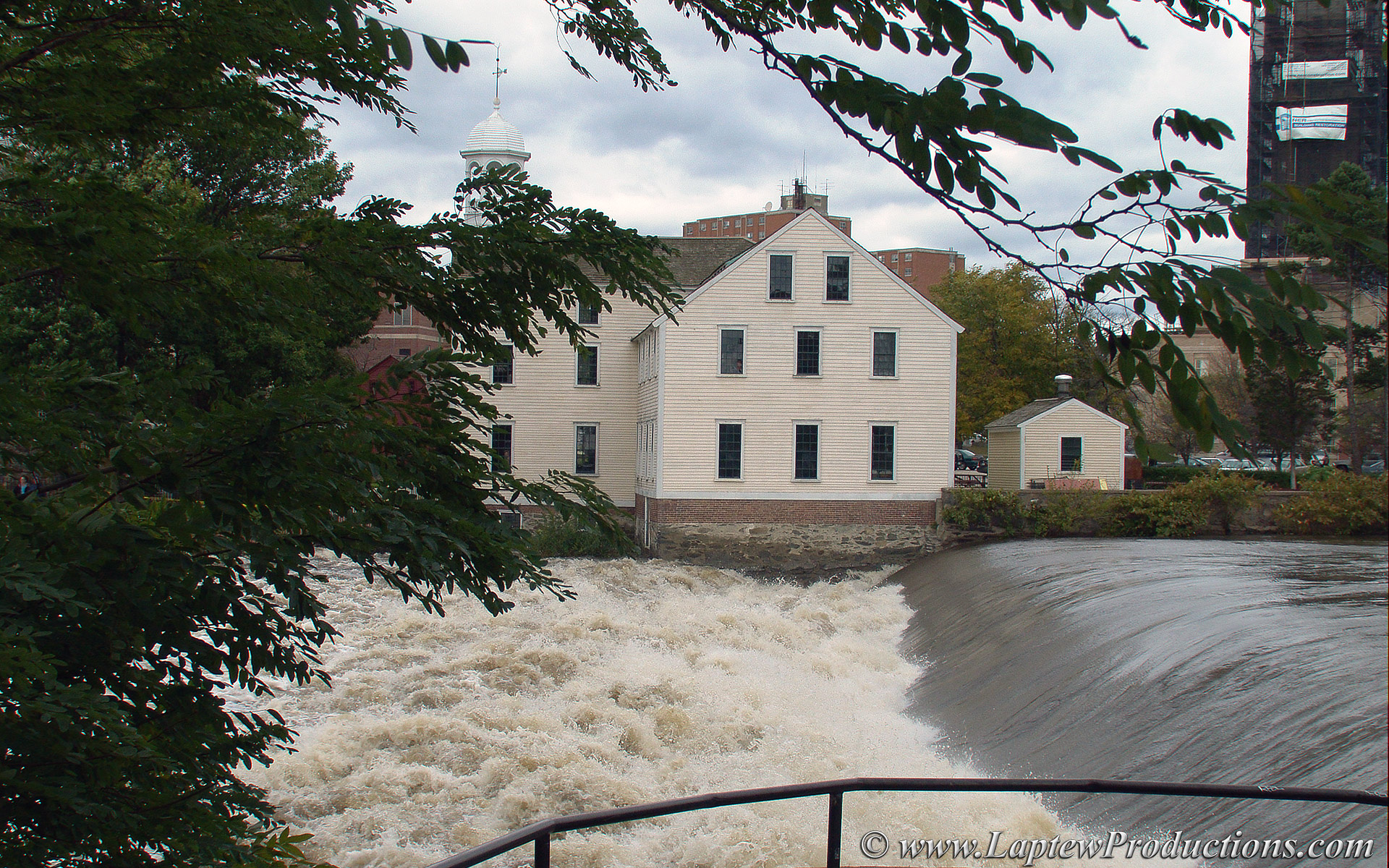
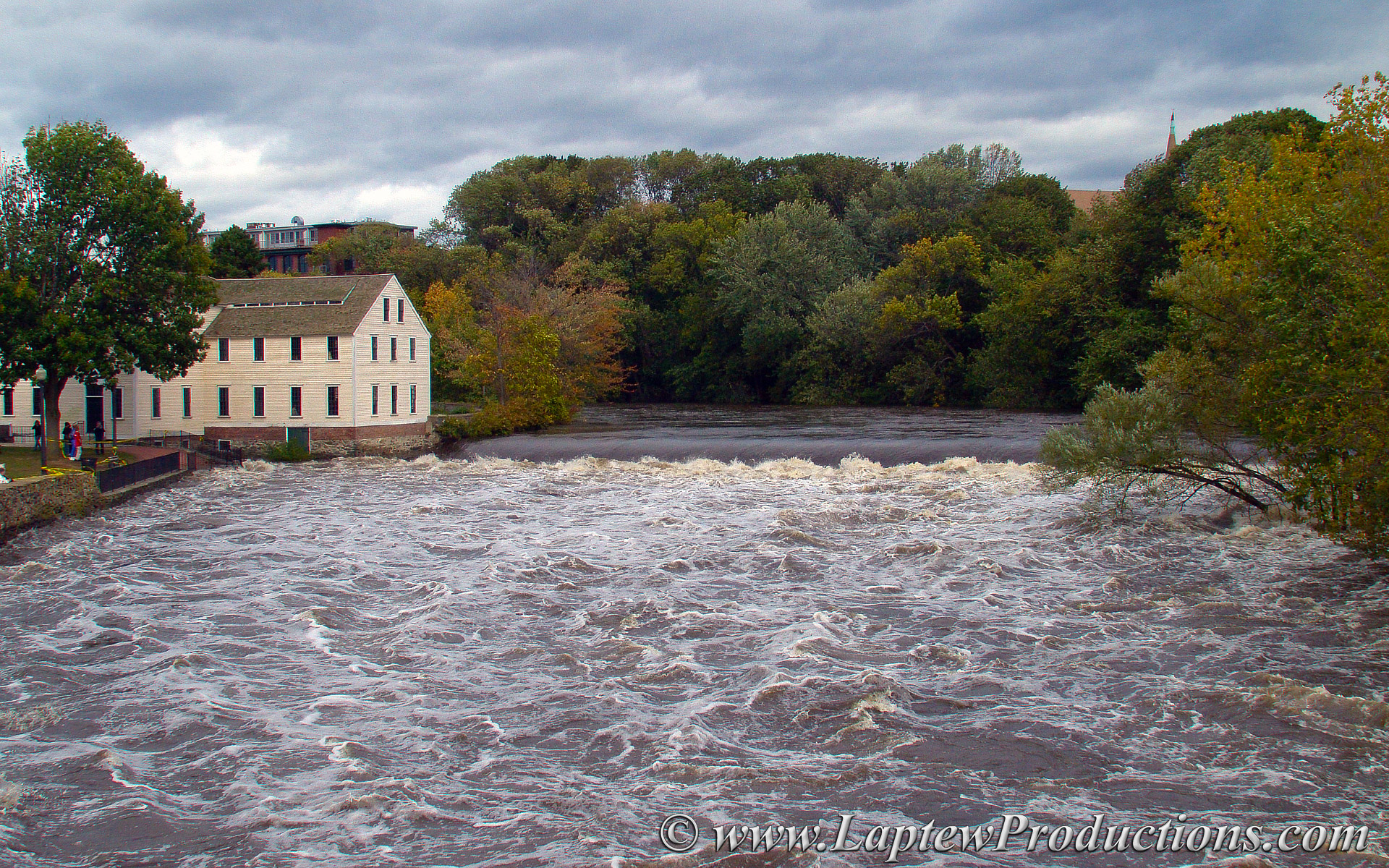
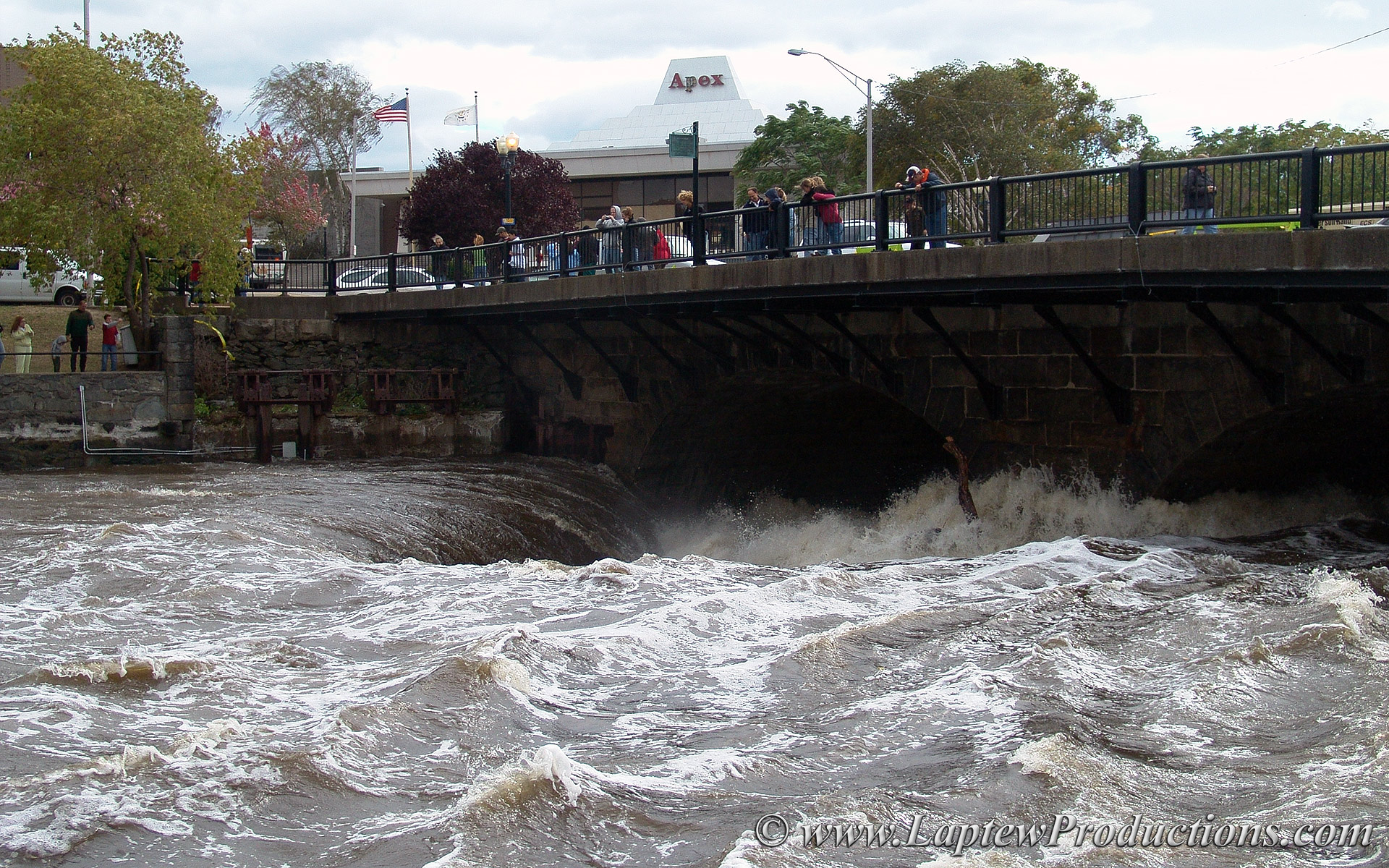















I was more than satisfied to take a series of photos that show off the beauty of a lowly bottom feeder and its habitat.
Check out the full size images by clicking on the pictures below.
Suckers Heading Upstream

